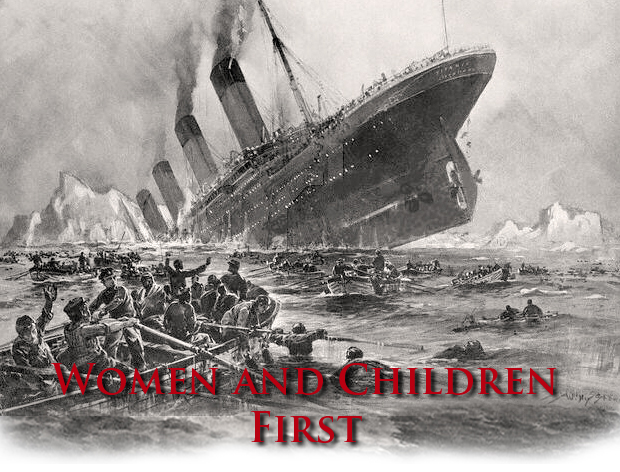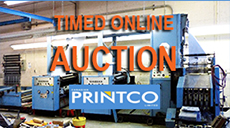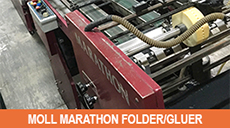
|
|
| Home › Articles › Here |
  |

|
||||||||||||||
| By: Nick Howard | Date: February 2011 | Contact the Author |
|||||||||||||||
| Cont'd from Part 1 |
|||||||||||||||
| While most smartphones today can
easily handle texts, emails and even rich,
browser-based information, most of
these mobile devices still have major
problems handling external documents,
whether attached or for download. Not
to mention the fact that I never intend to
watch a 2-hour movie on a 3 x 4-inch
screen – if you are lucky. The screen limitations of smart phones, however, really boils down to a generational issue. I could go on and on with a list of pros and cons, but the biggest challenge for printing is clearly the negligible cost of email delivery, which printing will never be able to compete against. The actual cost of printing is not the issue, as most margin-tight printers will vouch for. If you have the right tools in highly automated, fast press equipment, costs are low. The main hiccup for printing is the cost of delivery. This is the underlying issue we all have dealt with since letterpress days and the one hard cost we actually cannot control. Diligence through our associations is most important and that is where I feel we should be putting the most pressure, because postal use in general is falling. For decades, the post office has grown, and reinvented itself, by working with volume. As the physical volume of mail decreases, postal rates naturally rise and this in itself could kill the ability to deliver our products. We do not need phone books, hansards, directories, forms, air and train timetables, airline tickets, stock market data or most invoices. So what! There was no changing progress. Pace of change George Will of Newsweek recently pointed out that three years ago, Facebook had 50- million readers, mostly under 24. Today, it has half a billion users and almost half are over 35. In just two and half years, Apple sold 3-million iPods. It took two years to sell 3-million Kindles. More recently (read: more scary), it took Apple just 80 days to sell 3-million iPads. By using easy-click apps or Apple’s iTunes store, downloading a book takes all of 30 seconds at a cost of $2.49. While its numbers are somewhat suspect, Amazon recently announced it has sold more e-books than hardcover books. Regardless of how the online book-selling giant presents those numbers, a point is being made. A point which is surely felt by all capital equipment players in print, beyond press makers, like Muller Martini and Kolbus on the back end. But this is how progress works. True progress is unstoppable and speeding up. Once the press and finishing manufacturers complete their downsizing, the entire printing industry will begin to strengthen. The most significant headcount shake-out with these press makers, saving a major merger or acquisition, has probably already happened. None of us truly know if the big press manufacturers will be able to downsize fast enough while still developing enough advanced tools to keep print as relevant as possible. Press-making companies are learning that for the first time forces well beyond their control determine their ability to succeed. With the advent of new manufacturing machine centres and faster design CAD technology, concept to build and then deliver to pressroom floor takes less time and costs less than ever before. At the same time, a little more tarnish starts to muddy up the effectiveness of WWW-only communications. In our plant we have a Addressograph Multigraph, typically referred to simply as the Multi, built way back in 1936. Although it has a Davidson feeder the print unit from 1936 changed very little relative to the last Multi 1250s coming off the line in the mid 1980s. This is a good example of the slow progress of our past to recent printing machine technology. Now of course, new models and designs come quickly and often as builders seek new innovations to keep print costs down. After the panic of diminished sales and cancelled orders comes reconstruction, which I’m very much looking forward to. Life boats are being re-designed, evacuation protocols re-learned and completely unknown steps are being taken to adapt to this new world. The industry is beginning to reorganize itself, planning for a much smoother voyage in 2011. |
|||||||||||||||
| Contact the Author | |||||||||||||||
|
|||||||||||||||





